Learn the Secrets Behind the Cinematography of 'Game of Thrones'
Here's how Game of Thrones is shot, from King’s Landing to the Wall to Mereen.
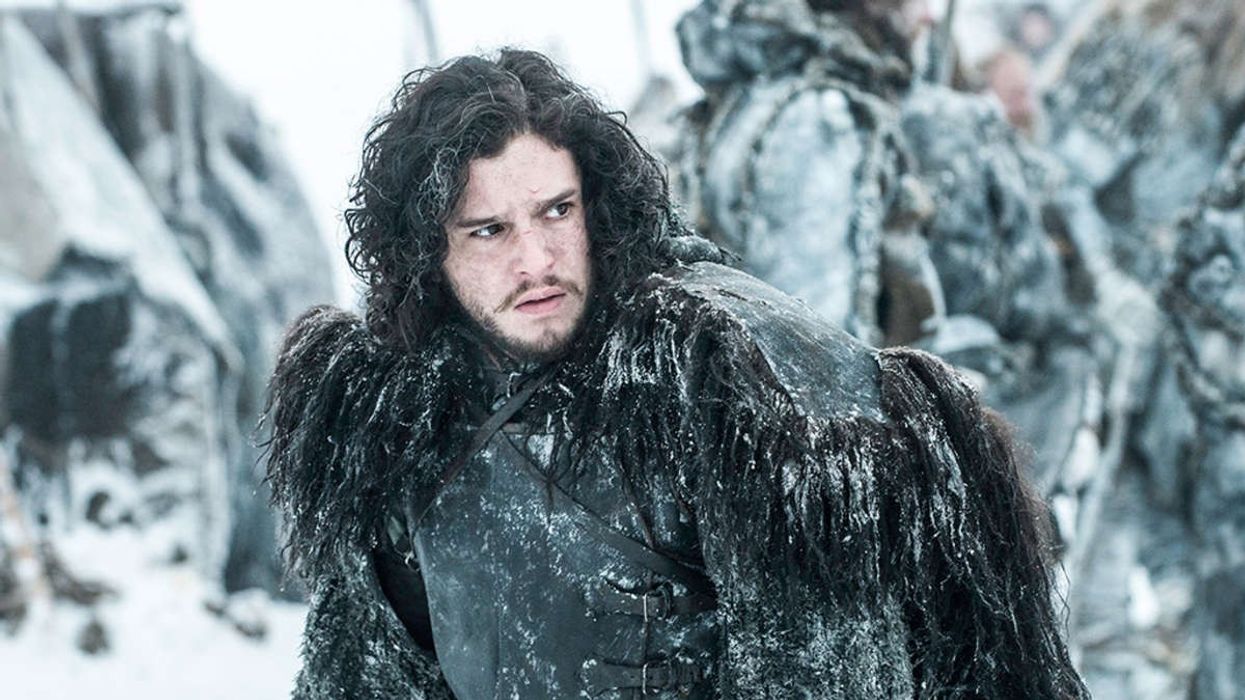
As TV shows grow in popularity and complexity, so too do their technical aspects. HBO’s fantasy mega-hit Game of Thrones, which will premiere its sixth season on April 24, has a team of DPs who coordinate shoots together on a massive scale. Their decisions on how to present lighting and spatial awareness can make all the difference in selling the believability of Westeros.
Two DPs from the show, Jonathan Freeman and Fabian Wagner, stopped by Berlinale Talents to discuss the secrets of Game of Thrones cinematography.
Film vs. digital
In the original production discussions, the show was going to be shot on film. That idea was abandoned, and the decision was made to shoot on ALEXA digital cameras.
Too many candles
Because Westeros is a world without electricity, lighting the interiors in a believable manner can prove challenging. In the show’s first season, cinematographers primarily used candlelight, but the team “spent a lot of money on candles,” Freeman said. After instructions from producers to scale back on the candle budget, the DPs began relying mostly on natural window light for day scenes.
Merry-go-round of sets
The famous Throne Room, where many a shady dealing takes place, is actually reused for many different interior locations. Depending on how the DPs light the set, it can be a stand-in for anywhere from King’s Landing (warm climates, softer lighting) to the Wall (cold climates, harsher lighting). To differentiate between the settings, the team will rearrange furniture and shoot with different lenses as needed to create greater illusions of depth. “It’s about flexibility as much as it’s about the look of the actual set,” Wagner said.
A coherent shooting style
Cinematographers of TV shows are typically tasked with making their own visual mark as indistinct as possible. This is doubly important in Game of Thrones, which, due to its constant switch in locations, will have its DPs shoot sequences based on location rather than episode. This means that a cut from the North to Dorne could actually be a cut from one DP's work to another.
“You come in having to adhere to the look that’s been set,” Wagner said, describing the show’s visual style as “a string that runs all the way through.”
The string can be played with, but not too much. Though the DPs have freedom to try different versions of scenes, “there are certain over-stylized elements that can be rejected,” Freeman said. Wagner recalled working a full day on one scene which was then completely thrown out because his visual choices differentiated too much from the established template.
As is necessary, the spirit among the DP team is heavily collaborative. The lensers use the software PIX to view each other’s work, and they don’t resent having to share the episode. “Personally, I would never want to do 10 episodes of one season,” Wagner said.
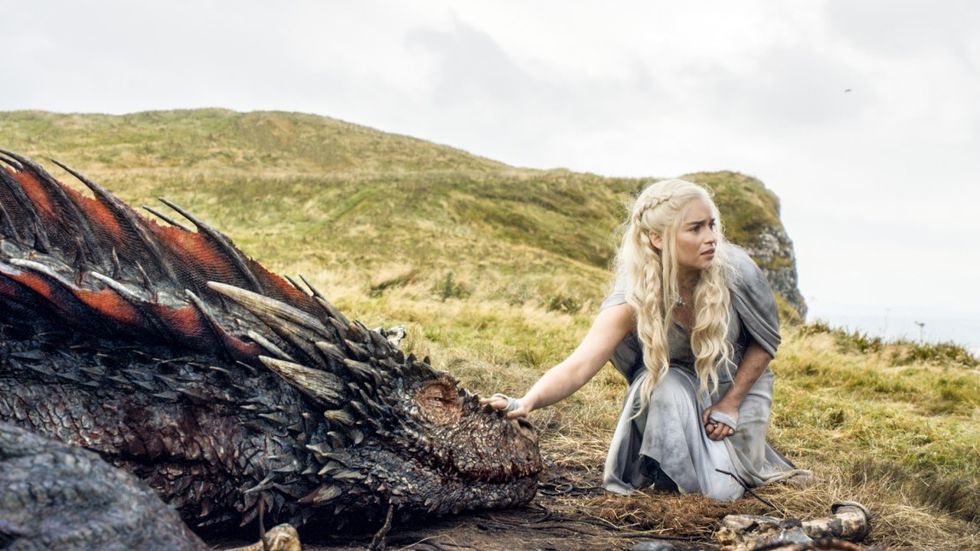
A real-life giant
Though there are a fair amount of CGI creations on the show (dragons aren’t too easy to track down in the wild), the DPs try to use practical effects whenever they can.
A good example of this is the climactic battle of the North last season that pitted the Night’s Watch and the Free Folk against the undead White Walker army. The "giant" featured prominently in the scene is real: he’s seven-foot-seven, and his scenes were filmed on a miniature stage that shrunk all his props down. This allowed the actor to break out of a half-scale hut, which was then edited alongside the other battle footage to make him appear much larger than life.
Lensing TV vs. movies
Both Wagner and Freeman came to Thrones after building resumes primarily in TV. Freeman had worked extensively on other HBO shows in the past, including Rome and Boardwalk Empire, before joining Thrones in the second season. Wagner received a call from the Thrones show-runners, David Benioff and D.B. Weiss, after lensing episodes of Sherlock; he describes that set as similar to a film set. (He’s also been a DP on other shows, including Da Vinci’s Demons.)
The increase of quality TV shows has “opened up the world between TV and movies,” Wagner said. Freeman even said he regularly turns down work in movies for TV: “These days I’ve had more opportunities for greatly written TV shows.”
Be sure to check out our complete coverage of Berlinale 2016.
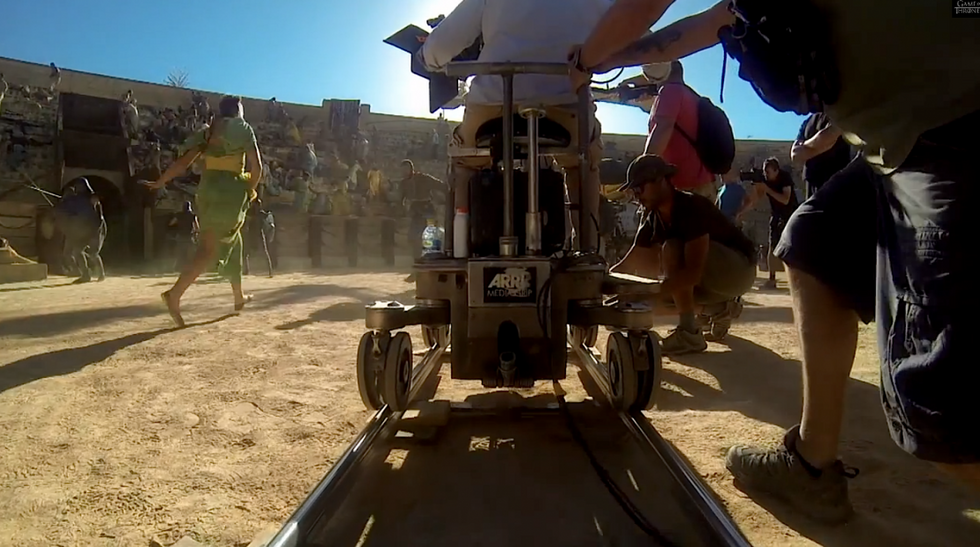

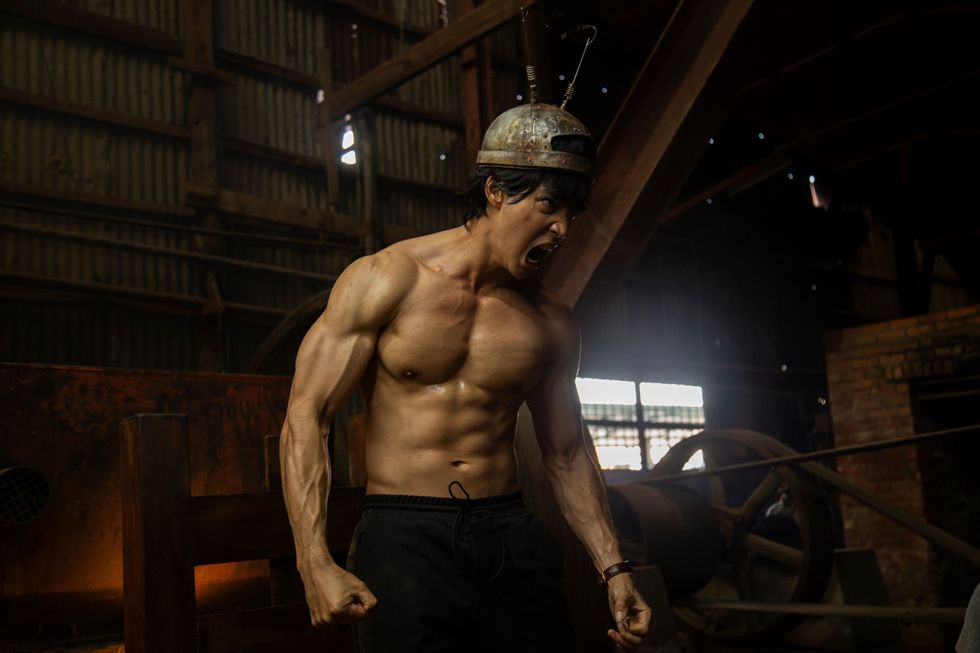 'Kitty the Killer'Thongkham Films
'Kitty the Killer'Thongkham Films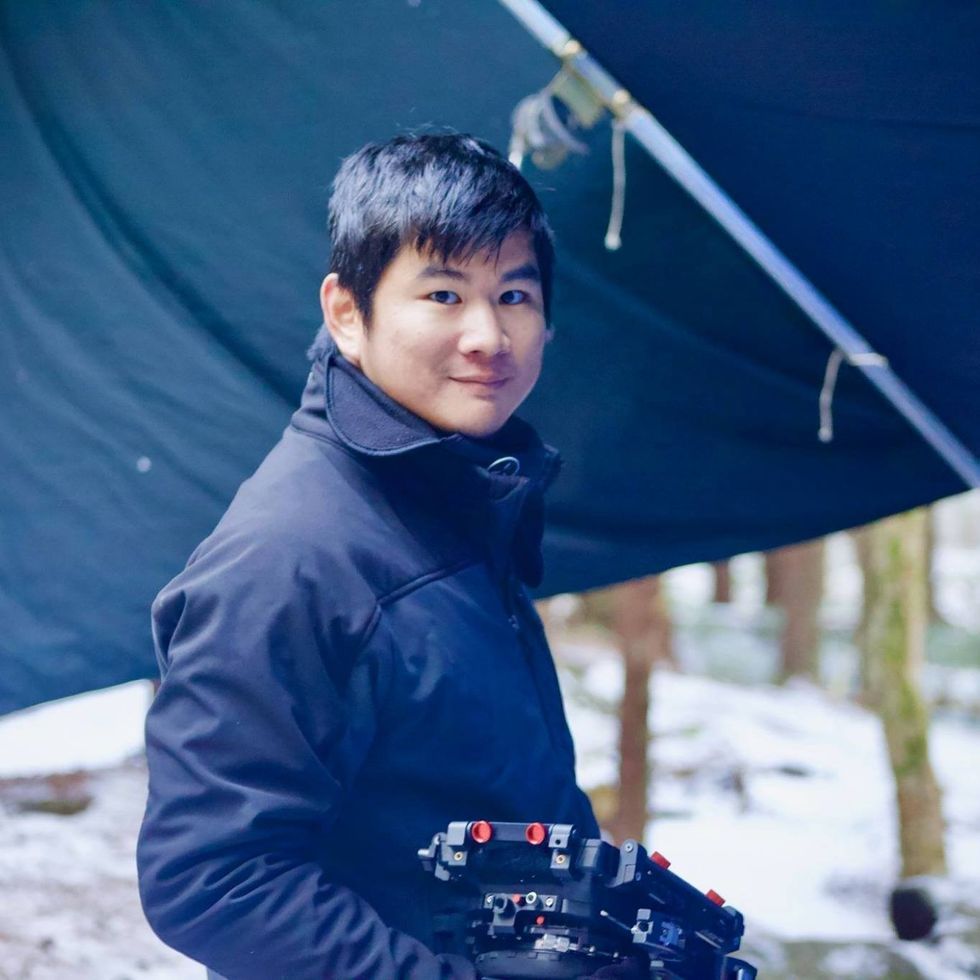 Director Lee Thongkham
Director Lee Thongkham 









